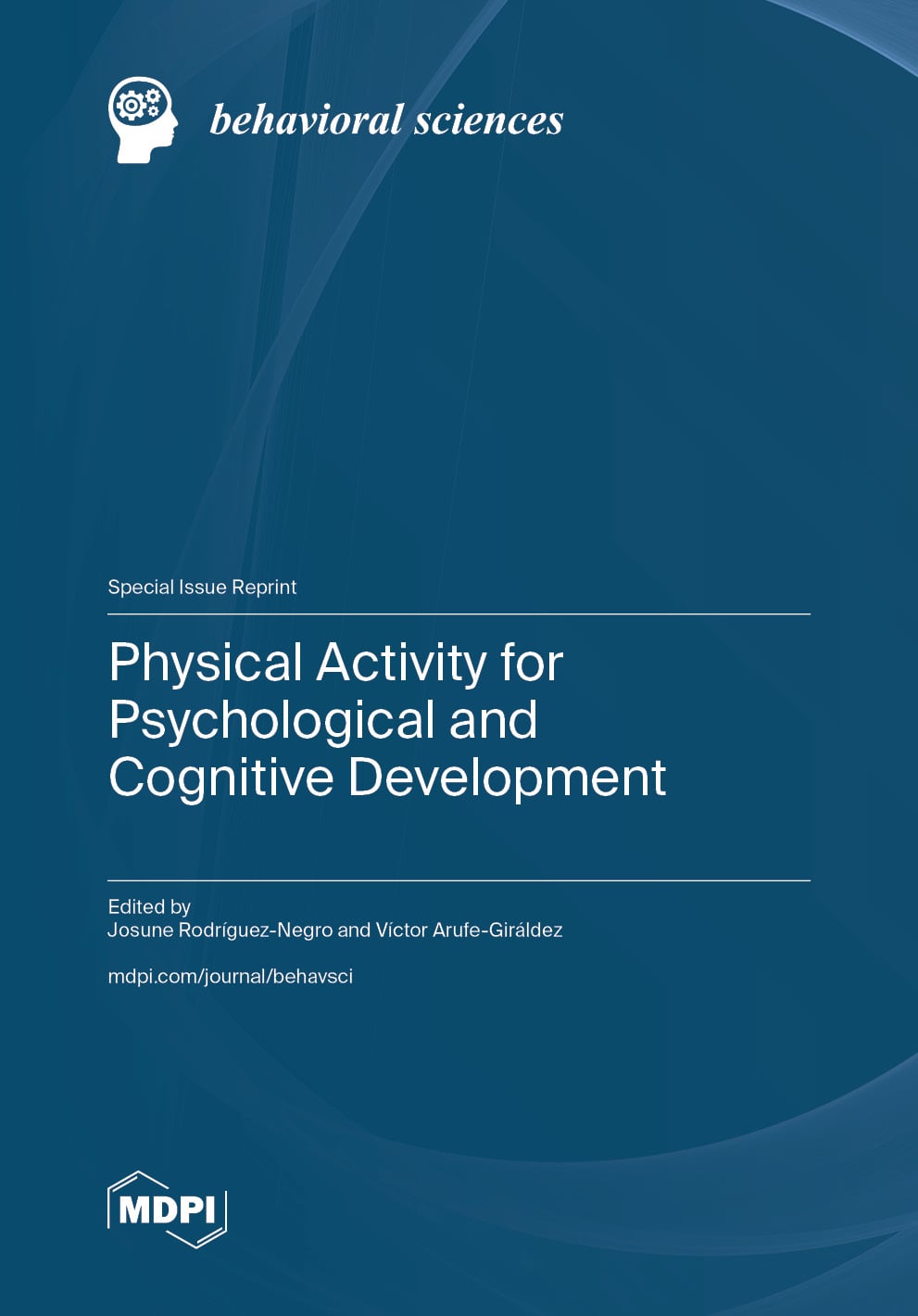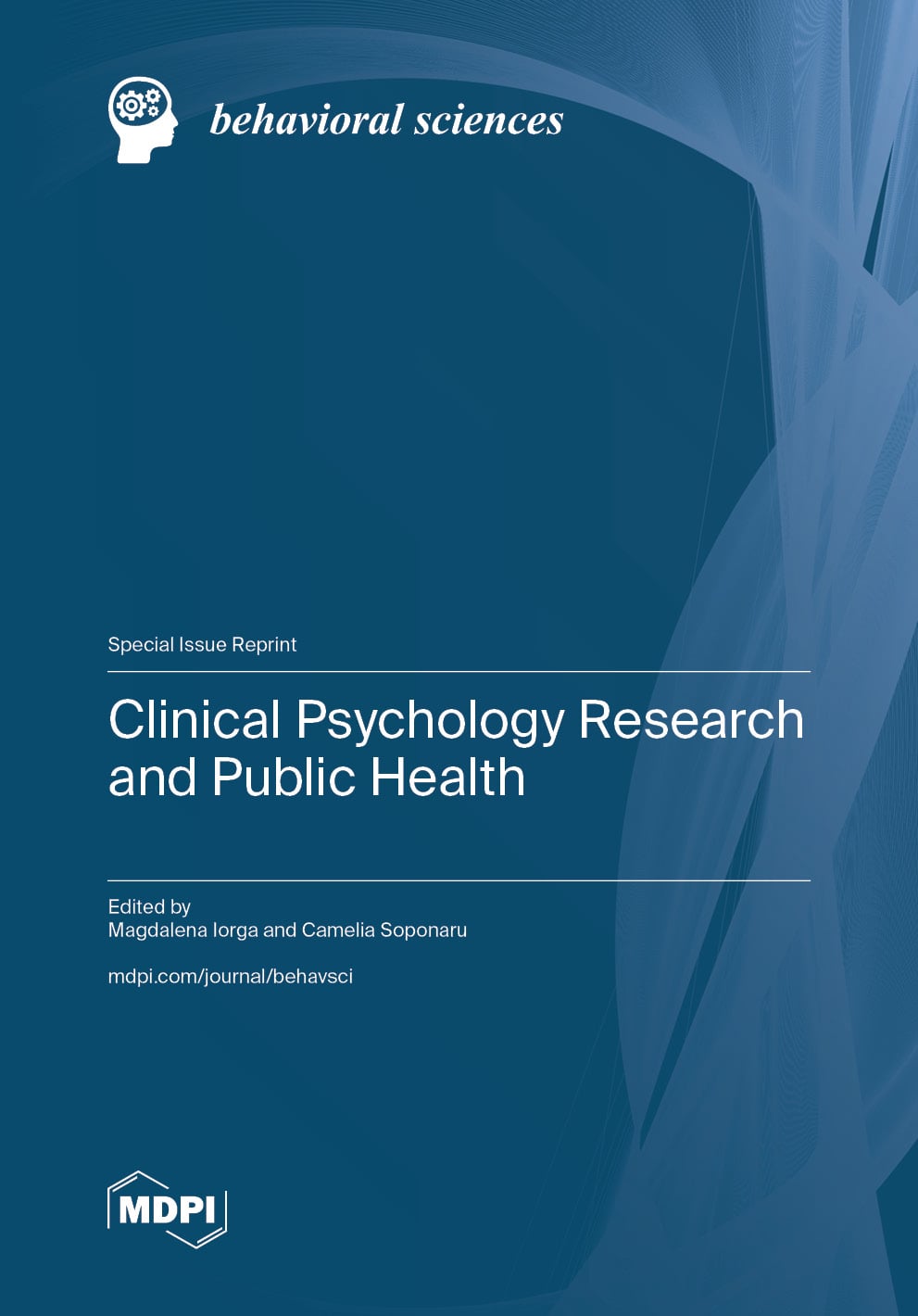- Article
Background: The impact of the COVID-19 pandemic on temporal trends in peer violence and bullying deserves closer scrutiny. The aim of the present study was to examine temporal trends in peer violence and bullying among school-aged children before and after the COVID-19 pandemic. Methods: Data from the Health Behaviour in School-aged Children (HBSC) surveys (2013/2014–2021/2022) were analyzed to track changes in peer violence and bullying over time. The sample encompassed over 700,000 students aged 11, 13, and 15 from more than 40 countries across Asia, Europe, and North America. Results: Traditional (school) bullying perpetration and victimization did not change significantly over time. A significant decreasing trend in engagement in physical fighting between the 2013/2014 and 2021/2022 surveys was observed among male participants aged 15. In contrast, a significant increasing trend in engagement in physical fighting was observed among female participants aged 11 and 13 years. Following the pandemic, increases in cyberbullying perpetration and victimization were observed among students aged 11 and 13, a trend not evident among 15-year-olds. Conclusion: Except for cyberbullying, the pandemic did not appear to influence trends in peer violence and bullying, which remained largely stable or reflected trajectories that had begun prior to the pandemic.
24 December 2025




